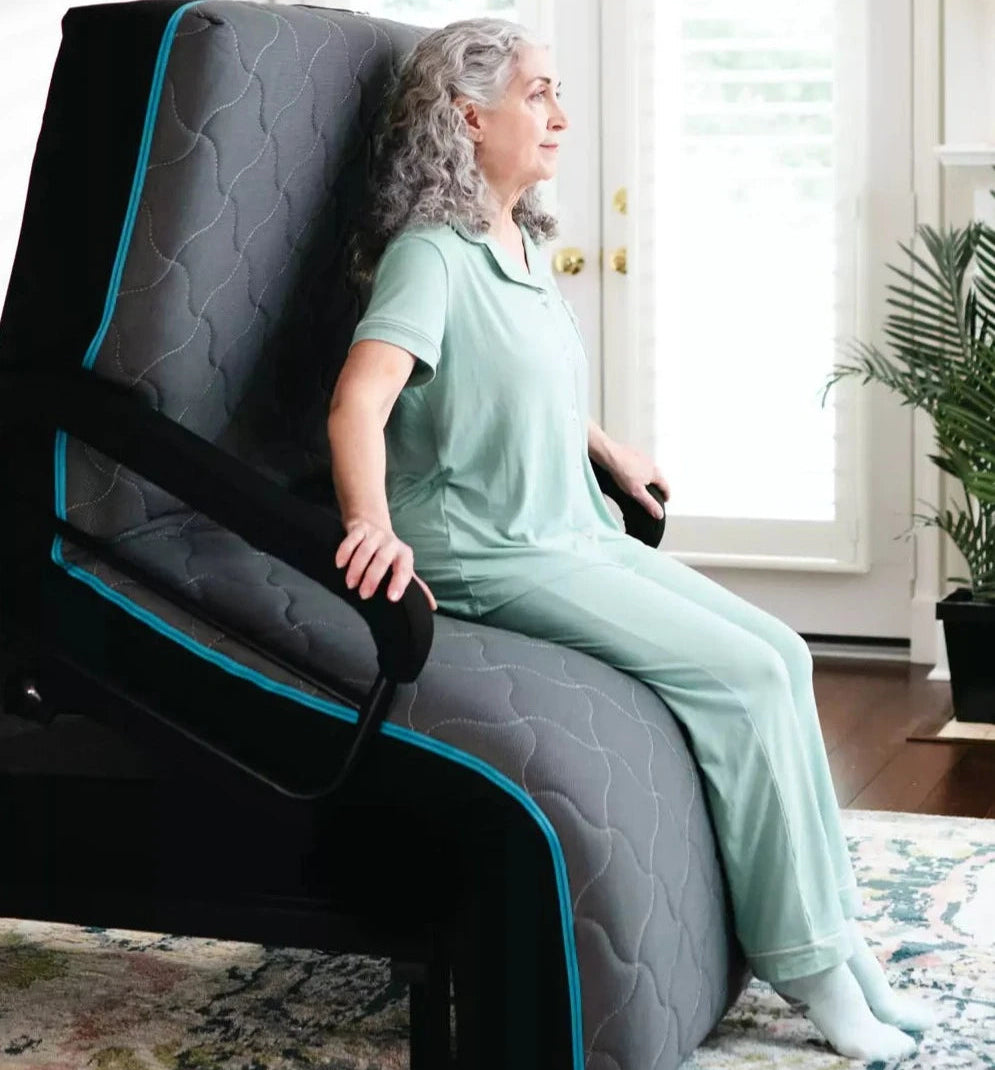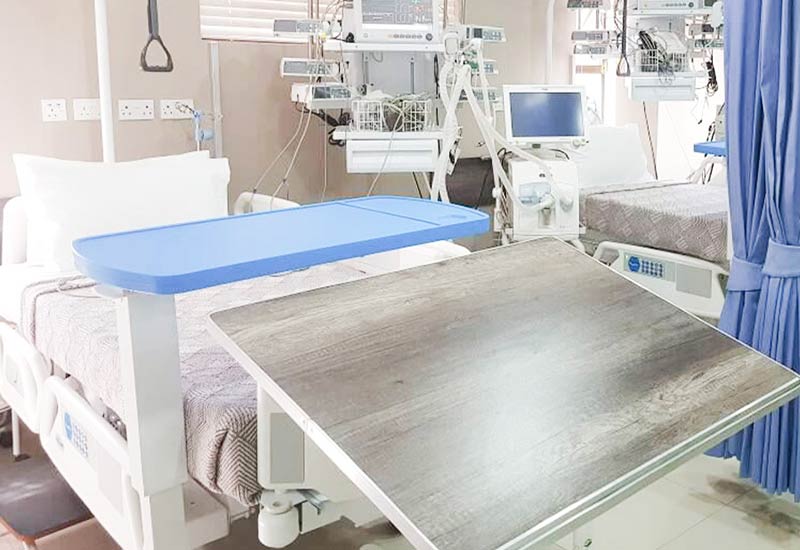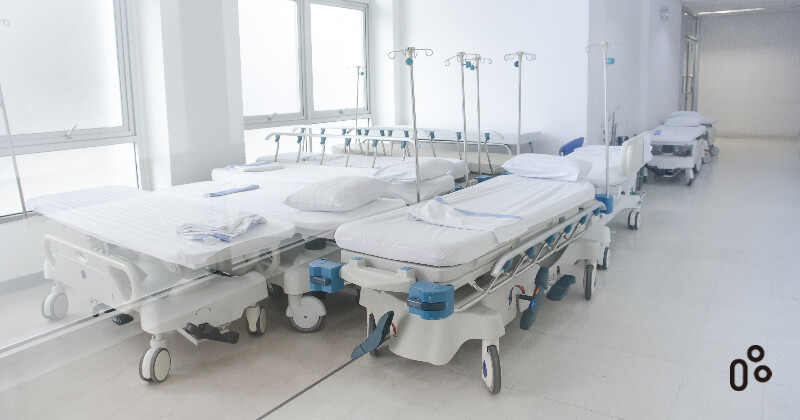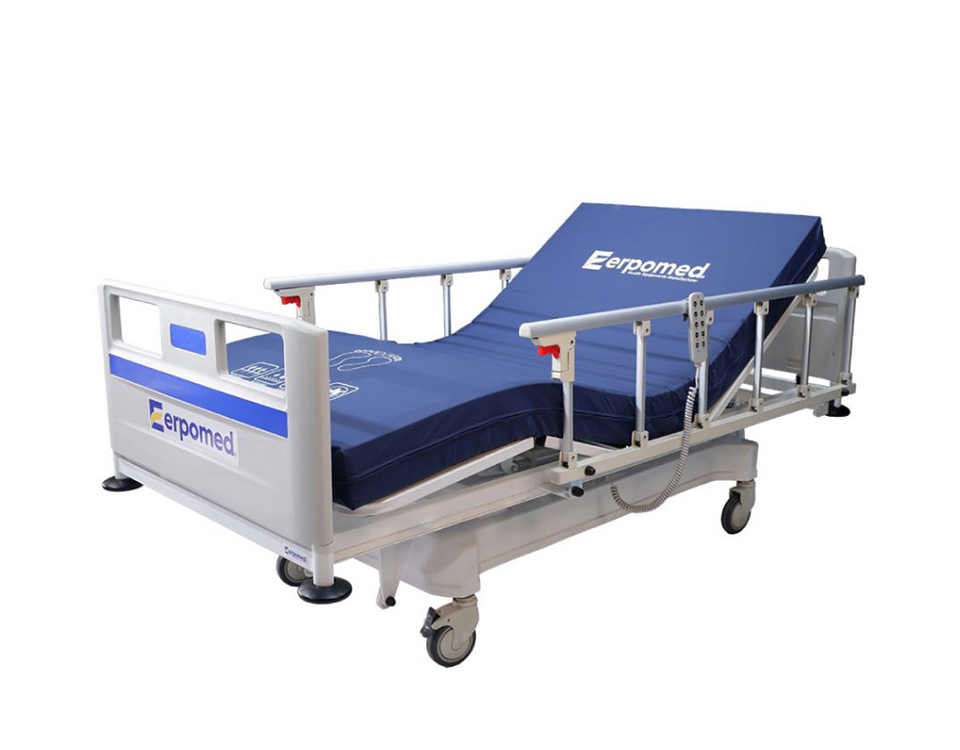Not known Facts About Hospital Beds For Home Use
Not known Facts About Hospital Beds For Home Use
Blog Article
Hospital Beds For Home Use - An Overview
Table of ContentsTop Guidelines Of Hospital Beds For Home UseThe Ultimate Guide To Hospital Beds For Home UseHospital Beds For Home Use Can Be Fun For EveryoneNot known Details About Hospital Beds For Home Use The Hospital Beds For Home Use StatementsAll About Hospital Beds For Home UseThings about Hospital Beds For Home Use
There are 3 primary sorts of health center beds: manual, semi-electric, and fully-electric. Even more types of medical beds exist and they are listed below. These beds use hand cranks to readjust the bed's elevation and raise and reduce the head and the foot. Hand cranks are normally discovered at the foot of the bed and call for an individual that is physically efficient in operating.
Semi-electric beds have an electrical motor to increase and reduce the head and foot parts of the bed. Individuals and caregivers change the placing by pushing buttons using a hand necklace. The elevation of the bed is readjusted by hand with a hand crank. Full-electric beds have an electric motor that can increase the head and foot sections of the bed as well as the whole height and positioning of the bed.
The Best Strategy To Use For Hospital Beds For Home Use
There are several types of hospital beds, each made to satisfy particular person demands. Right here are some usual kinds: This is the most usual kind of medical facility bed, made for basic clinical usage.
Reduced to the ground than a standard bed. This kind of bed is made for larger clients, with a larger structure and greater weight capability than a common bed. This sort of bed is created specifically for children, with smaller dimensions than a standard bed. Unique attributes such as complete size side rails and animation design.
This kind of bed is created for critically sick individuals who call for open monitoring and specialized clinical equipment such as ventilators and mixture pumps. This kind of bed is designed for use during labor and distribution, with adjustable placements and features to support the mom and infant during the birth process.
Excitement About Hospital Beds For Home Use
Multiple function and the accessories do broadening grip to various parts of the vertebra and the extremities without relocating the human body. These are just a couple of examples of the sorts of medical facility beds offered. The specific sort of bed utilized will rely on the person's condition, medical requirements, and other factors.
Here is things you require to know. A one-function health center bed is a medical bed that enables a patient to move just the head or foot area up or down. A 2 function medical facility bed typically refers to a type of clinical bed that has two flexible functions to help people in hospitals or treatment centers.

The Single Strategy To Use For Hospital Beds For Home Use
A 7-function ICU bed is a kind of medical bed that gives several adjustable features to sustain seriously ill patients in a critical care unit (ICU) (hospital beds for home use). The 7 functions usually consist of: Backrest change: The backrest can be gotten used to different angles to assist the patient stay up or relax conveniently
Height modification: The bed can be raised or reduced to make it simpler for patients to obtain in navigate to this website and out of bed, and for caregivers to provide treatment. Trendelenburg setting: The whole bed can be tilted to promote blood circulation and circulation in the body. Reverse Trendelenburg position: The bed can additionally be slanted in the contrary direction to promote blood flow and blood circulation in the upper body.
1. What Dimension is a Health Center Bed? 2. Just how much Does a Hospital Bed Expense? 3. Why Do Hospital Beds Have Side Rails? 4. What Are The Key Health Center Bed Components?. While even more budget friendly than electrical versions, these beds call for physical effort for changes. The primary advantages of manual beds are their cost and reliability, as they do not count on electricity. However, the requirement for manual effort can be a limitation in scenarios where quick adjustments are essential or where caretakers encounter physical challenges.
Get This Report about Hospital Beds For Home Use
They are appropriate for people who call for very little repositioning for convenience or medical demands. Semi-electric hospital beds supply an equilibrium of handbook and electrical controls. The head and foot sections are commonly adjusted with electrical controls, while the elevation is adjusted manually. These beds supply an ideal happy medium between guidebook and completely electric alternatives, using convenience of use without the complete cost of electrical designs.
Semi-electric beds are fit for clients who need modest changes to the head and foot sections but can handle without frequent elevation modifications. This makes them a cost-effective remedy for those seeking comfort and comfort without the requirement for continuous repositioning. Fully electric hospital beds feature electrical controls for smooth adjustments to the elevation, head, and foot areas.
Specialty medical dig this facility beds, such as ICU beds, long-term care beds, and bariatric beds, are thoroughly developed to attend to details clinical requirements. These beds supply tailored treatment for varied person teams, boosting both outcomes and convenience. In the adhering to sections, we will certainly explore the main kinds of specialty health center beds, outlining their specific benefits and applications.
With years of experience in making electric linear actuators - hospital beds for home use and close partnership with the healthcare industry, TiMOTION is well-positioned to give reputable health care options. Our up and down incorporated firm manages every step of the manufacturing process, from style to actuator assembly, ensuring we provide extraordinary value and personalized solutions customized to your certain demands
The Best Guide To Hospital Beds For Home Use

To get more information about integrating these technologies right into your items, contact us today. More analysis:.
Data is sourced from the Medicare Price Record. Accessed January 2025. Short-term severe care health centers have the highest ordinary number of beds at 187. They are the most typical kind of healthcare facility in the united state and comprise greater than 50% of U.S. medical facilities. Children's healthcare facilities have 178 beds usually and VA hospitals typical 175 beds.

Getting The Hospital Beds For Home Use To Work
A healthcare facility bed is a bed designed specifically for medical objectives. It is not just an area for patients to rest, yet likewise a platform for medical operations. Unlike average home beds, health center beds generally have adjustable functions, which can promote medical staff to make different adjustments according to the requirements of individuals, such as altering the elevation, inclination, and support angle of the back and legs of the bed.
Report this page